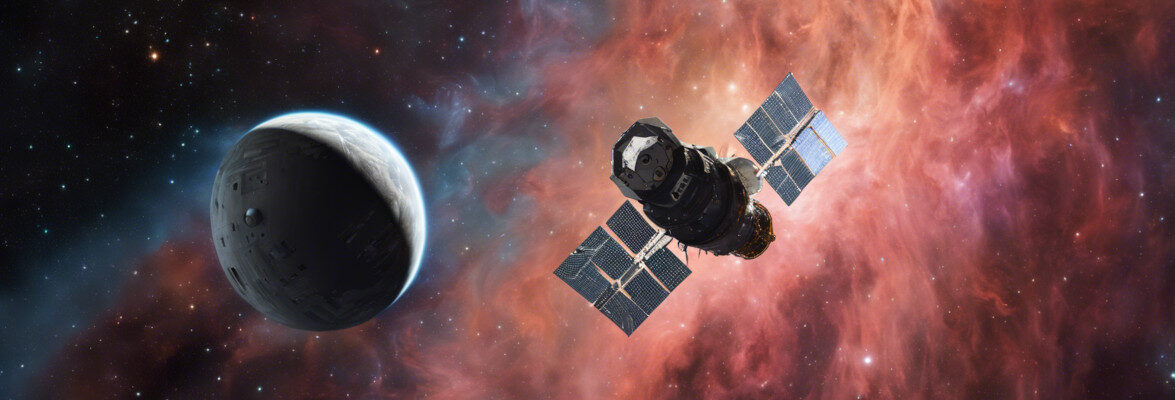
An article published in the journal “Nature Astronomy” describes a research on the tumbling of the interstellar asteroid 1I/2017 U1, commonly known as ‘Oumuamua. According to a team of astronomers led by Queen’s University Belfast, that motion is due to an impact with another object that occurred before it was ejected from its solar system and could continue for at least another billion years.
The discovery of the asteroid later formally classified as 1I/2017 U1 and named ‘Oumuamua raised the interest of many astronomers after the orbital calculations indicated that it arrived from interstellar space. The big problem is that it’s moving away from the Earth in a hyperbolic trajectory (image ©nagualdesign; Tomruen) that’s taking it out of the solar system.
Among the astronomers who are studying ‘Oumuamua there are a number of Queen’s University Belfast who from the beginning participated in various studies on this interstellar asteroid. In this research, the first author is Wesley Fraser but some of his colleagues are also among the authors of articles published over the past weeks.
This research focused specifically on ‘Oumuamua’s tumbling. The observations showed that this asteroid doesn’t simply rotate on an one of its axis. This means that it doesn’t have a regular periodicity but rather a more complex motion which makes the astronomers’ task more difficult.
‘Oumuamua is a relatively small object with a very elongated shape for a length estimated around just over 200 meters (almost 800 feet). Establishing the characteristics of this strange asteroid’s motion would help to understand more precisely its shape, which is very likely irregular as it’s normal also for the solar system’s asteroids.
‘Oumuamua’s tumbling is probably due to an impact with another object occurred in its solar system of origin that altered its motion. It’s impossible to know if that event was also the cause of its ejection into interstellar space. In fact, it could be a piece of debris produced by an impact between two objects with enough energy to give this asteroid such a boost that it escaped its star’s gravity.
According to the researchers’ calculations, ‘Oumuamua’s tumbling should continue for at least another billion years. In the meantime, this asteroid will be back in interstellar space and in the distant future it could enter a third solar system. We don’t know how common these events are but now our telescopes are powerful enough to detect objects that came from outside the solar system. This means that sooner or later others will be discovered, which will provide us with more information on these travelers.

